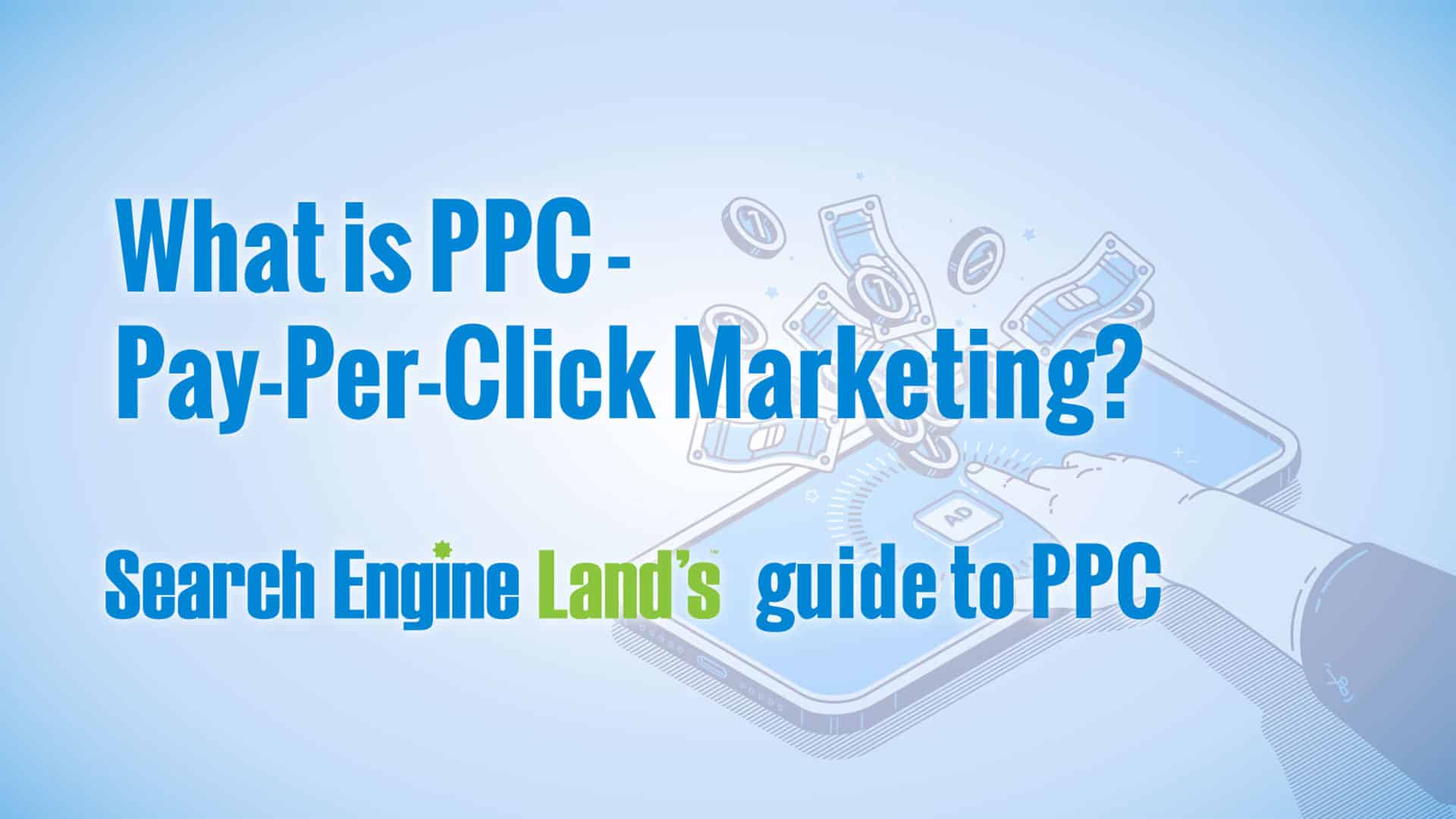In the digital age, Pay-Per-Click (PPC) marketing has emerged as a powerful way to drive traffic, boost conversions, and generate revenue. With search engines and social platforms evolving daily, mastering PPC marketing can give businesses a strong competitive edge. This article delves into the essentials of PPC marketing, key strategies, and the best practices to maximize return on investment (ROI).
What is PPC Marketing?
PPC marketing is an online advertising model where advertisers pay a fee each time someone clicks on their ad. Instead of organically earning visits, businesses buy site visits by bidding on ad placements on search engines, social media, and other digital platforms. Google Ads, Microsoft Advertising, and social media platforms like Facebook and Instagram are common PPC channels.
Example: If a company bids on the keyword “best digital marketing tools,” its ad may appear at the top of the search results when users search for that term. The company pays only when someone clicks the ad.
How PPC Marketing Works
PPC campaigns typically follow a bidding system. Here’s a step-by-step breakdown:
- Keyword Research and Selection: Identify keywords that align with what your target audience is searching for. Tools like Google Keyword Planner, Ahrefs, and SEMrush help narrow down effective keywords.
- Ad Auction: When a user searches for keywords relevant to your ad, search engines run an auction. Your ad placement is determined by factors like bid amount, quality score (a metric measuring relevance and user experience), and competition.
- Ad Placement and Payment: If your bid and quality score are high enough, your ad appears in the search results or social feed. Each click incurs a fee, but ideally, the click leads to a conversion worth more than the cost of the click.
Key Components of a Successful PPC Campaign
To get the most out of PPC, you need to focus on a few key components:
- Keyword Strategy:
- Choose high-intent keywords that target potential buyers.
- Use a mix of broad match, phrase match, and exact match to control reach.
- Implement negative keywords to filter out irrelevant searches.
- Compelling Ad Copy:
- Make your ad stand out with strong headlines, persuasive descriptions, and clear calls-to-action (CTAs).
- Highlight unique selling points or offers (e.g., free shipping, discounts).
- Landing Page Optimization:
- Ensure the landing page matches the ad’s promise for a smooth user experience.
- Optimize for quick loading times, mobile responsiveness, and clear CTAs.
- Quality Score Improvement:
- Quality Score, a metric used by Google, influences ad rankings and costs.
- High relevance, user-friendly landing pages, and strong click-through rates (CTR) contribute to better scores.
- Budget and Bidding Strategy:
- Set a realistic budget that balances reach with cost-effectiveness.
- Choose between manual bidding (more control) and automated bidding (AI-driven optimizations).
Benefits of PPC Marketing
- Quick Results: Unlike SEO, which can take months to show results, PPC campaigns generate instant traffic once they’re live.
- Targeted Advertising: PPC allows for precise audience targeting by demographics, location, device, and time, making it ideal for reaching specific customer segments.
- Cost Control: With PPC, you set your budget, and you only pay when someone clicks on your ad, allowing for cost-effective campaigns.
- Measurable Outcomes: Advanced analytics help track clicks, conversions, and ROI, giving you a clear picture of campaign performance.
- Scalability: PPC campaigns can scale easily to reach larger audiences or drive traffic during key business periods (e.g., holiday seasons).
Common PPC Marketing Platforms
- Google Ads: The largest PPC platform, with search, display, shopping, and video ads, targeting billions of users.
- Microsoft Advertising (Bing): Provides access to a unique audience that may not be reachable on Google.
- Social Media Platforms:
- Facebook Ads: Ideal for highly targeted demographic campaigns.
- Instagram Ads: Effective for visual branding.
- LinkedIn Ads: Useful for B2B targeting and professional audiences.
- YouTube Ads: Excellent for video content and brand engagement.
Best Practices for PPC Success
- A/B Test Everything: Regularly test ad copy, keywords, bidding strategies, and landing pages to see what performs best.
- Optimize for Mobile: Ensure ads and landing pages are mobile-friendly, as a significant portion of web traffic comes from mobile devices.
- Utilize Retargeting: Use retargeting ads to re-engage users who previously visited your site, especially those who didn’t convert.
- Monitor and Adjust Campaigns: PPC requires consistent monitoring. Track performance, adjust bids, and tweak keywords to maximize efficiency.
- Focus on Quality Content: High-quality content on your landing pages not only increases conversion rates but also boosts Quality Scores, potentially lowering costs.
The Future of PPC Marketing
PPC marketing is constantly evolving with artificial intelligence (AI), machine learning (ML), and automation. These technologies are enhancing capabilities like real-time bid adjustments, improved ad targeting, and predictive analytics. Voice search, video ads, and visual shopping also represent significant growth areas within PPC.
For businesses looking to stay competitive, staying updated on PPC trends and adapting to new tools and techniques will be key.
Conclusion
PPC marketing is one of the most effective ways to achieve fast, targeted, and measurable results in digital advertising. By building a solid keyword strategy, crafting compelling ads, and consistently optimizing campaigns, businesses can drive valuable traffic and maximize their ROI.
